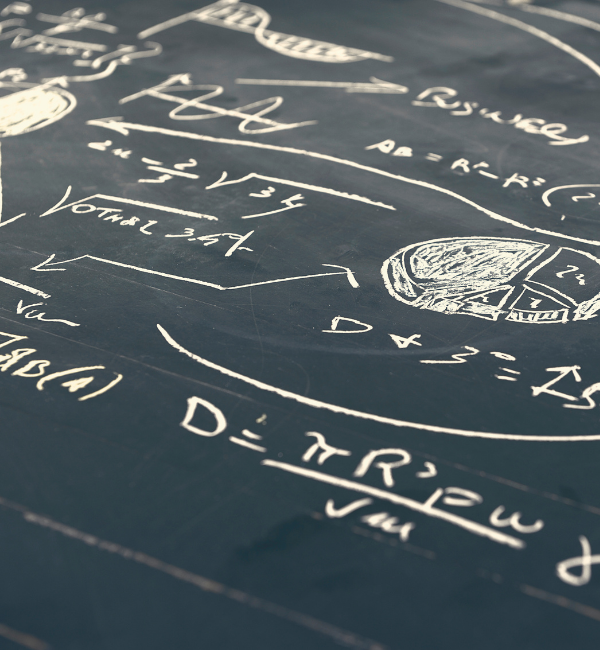Magnificent Measurements


Students will learn about optimizing area and how to estimate and calculate the volume of quadrilaterals and 3D prisms.
This is a two-part workshop about Geometry and Measurement. Students will learn about optimizing area in quadrilaterals and 3D prisms as well as how to estimate and calculate volume.
This virtual outreach activity is split into a pre-activity document - i.e., workshop overview and list of materials with preparation instructions for both the volunteer and educator, a post-activity document - i.e., extra information and resources for the educator after the activity, and a PowerPoint presentation with presenter notes to help lead the workshop virtually. Also included is a Resources document with background information for the workshop and the Toothpick graph Excel file for Activity 2.
What You Need
Activity 2: Shape Optimization
- Optimizing Shape graph paper (A sheet of grid/graph paper can be used as a substitute)
- Pencil and Eraser
- Ruler
- 16 toothpicks
- Coloured markers (optional)
Activity 3: Boxes in boxes
- 2-3 Cube Net template (Scrap paper can be used as a substitute)
- Scrap Paper
- Scissors
- Tape (or glue)
- Pencil and markers
- Open, empty shoebox (A small cardboard box, cereal box, etc. can be used as an alternative)
PowerPoint:
Pre-Activity Document:
Post-Activity Document:
Resources:
Safety Notes
What To Do
Pre-Workshop Prep:
Students must complete the following before the workshop:
- Print out the following sheets (3-4 sheets of paper, printed on separate pages):
- Optimizing Shape - graph paper
- Cube Net Template (if possible, print 2-3 copies). If a student does not have access to a printer, draw and cut out 4-6 cube nets using the template as a guide. Each side should be 3 cm long.
- Cut out the following templates:
- Cube Template (cut along the thick lines of the nets).
Activity 2: Shape Optimization
Optimizing Area means having a large area with a small perimeter. The first task is to create a shape using 16 squares on our graph paper/Optimizing Shape worksheet. In order to determine the perimeter, we count the number of sides of squares.
- Draw 3 different shapes on the graph paper with an area of 16 squares. Record the perimeter of each shape.
Activity 3: Boxes in Boxes
To determine the volume of your box, we are going to fill it with cubes. You will be using paper nets to create cubes with side lengths of 3 cm.
Make a prediction of how many cubes will fit into your box.
- Cut out the shape nets along the thick lines.
- Fold the page inward across the thin lines to make a cube.
- Tape the sides of the cube to close it. As you make your cubes, place them in the box.
Tip: If you do not have enough cubes, you can draw outlines in the box to show where the cubes could be.
Once you have determined how many cubes it takes to fill your box, you can determine the volume of each cube.
Discovery
Activity 2 Extension: Shape Optimization
If we were to take our shapes and make them 3D, which shape would you predict to have a greater Volume to Surface Area ratio?
Activity 3 Extension: Boxes in boxes
What is the volume of the cubes you placed in your box? Use the volume of each cube to determine the total volume of the box.
Can we alter the volume equation to determine how many cubes it would take to fill the box?
Investigate Further
Activity 2 Extension: Shape Optimization
If we were to take our shapes and make them 3D, which shape would you predict to have a greater Volume to Surface Area ratio?
Activity 3 Extension: Boxes in boxes
What is the volume of the cubes you placed in your box? Use the volume of each cube to determine the total volume of the box.
Can we alter the volume equation to determine how many cubes it would take to fill the box?